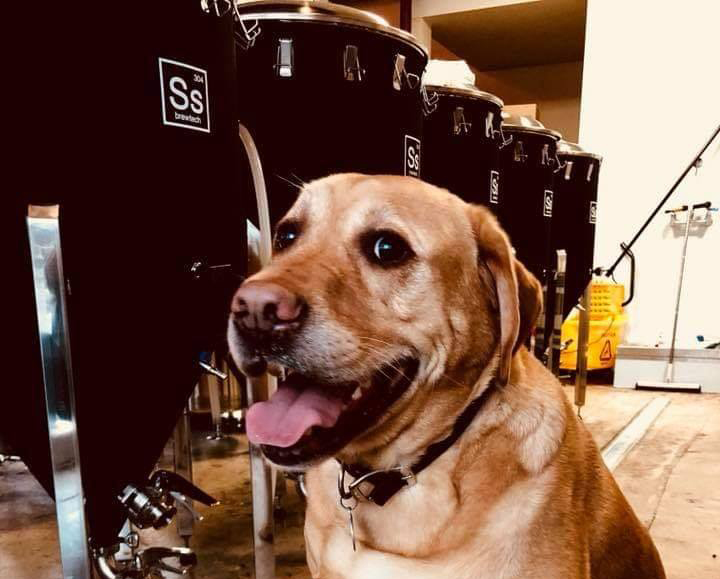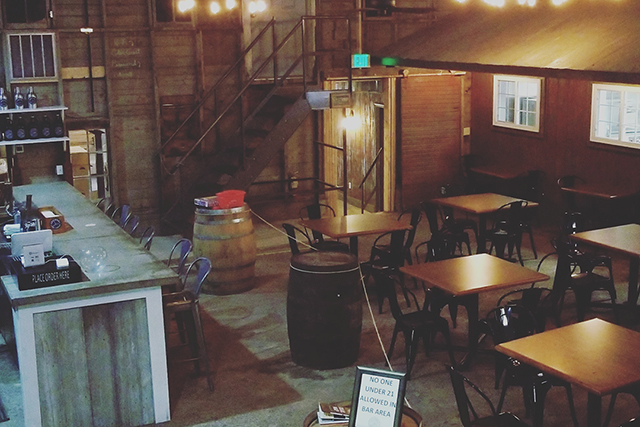
The pressure to grow often pushes a craft brewery owner toward costly expansions: more fermenters, bigger brewhouses, or new packaging lines. But manufacturing experts warn that jumping to capital expenditures (CapEx) may not always be the smartest path. Instead, breweries can often achieve more by focusing on operating expenses (OpEx) and adopting what’s known as “capital avoidance” and work on unlocking efficiency with the tools and staff already in place.
Nick Hickman, Vice President at engineering consultancy NIRAS, argues that many breweries could see immediate gains by tightening up day-to-day operations before investing in major equipment. “Capital avoidance,” he explains, isn’t about saying no to investment. It’s about making sure every dollar spent on growth or upgrades has maximum impact by first ensuring the existing system is running at its peak.
Take the “capacity waterfall,” one of Hickman’s go-to methods for uncovering hidden production potential. For breweries, this can mean mapping the difference between what your system could produce and what it actually produces. Maybe your brewhouse should be capable of brewing three turns a day, but in reality, you’re only hitting two and a half because of slow knockout times or underutilized cellar staff.
“More often than not, the capacity waterfall will reveal opportunities to increase capacity simply by making changes to operating models or planning approach, without the need for new investment,” Hickman said.
By pinpointing where you’re losing capacity — whether in brew scheduling, tank turnaround, or packaging downtime — you may be able to increase output without adding another fermenter.
Maintenance is another often-overlooked piece of the puzzle. Hickman notes that many facilities run sub-optimally because equipment isn’t properly maintained.
“If you can increase the performance of multiple pieces of equipment by a few percentage points you can unlock huge improvements across the whole production process,” Hickman shared.
For a brewery, that could mean a clogged heat exchanger slowing down wort chilling, or a poorly calibrated can seamer causing higher-than-average loss rates. Addressing small inefficiencies like these doesn’t just boost output it also reduces waste and improves consistency, which can directly impact your margins.
Staffing optimization can be equally important. With labor costs climbing, breweries need to make sure their teams are deployed where they create the most value. Maybe your cellar crew is waiting on packaging, or the taproom staff doesn’t have clear communication with production about beer availability. Simple changes to scheduling: like staggering cellar and packaging shifts, or modest investments in cross-training can improve flow and reduce costly downtime.
Hickman also emphasizes the value of fresh eyes on the process. In brewing, it’s easy to accept long lautering times or frequent line stoppages as “just the way it is.” But an external consultant, a trusted supplier, or even a fellow brewer from another brewery might spot quick fixes you’ve overlooked.
Sometimes, an outsider can help you challenge assumptions and identify improvements that insiders miss.
Finally, focusing on OpEx first makes future CapEx stronger.
Let’s say you’re considering a new canning line. If you’ve already optimized your scheduling, tightened up maintenance, and ensured your current line runs at full capacity, that new investment will deliver far more impact. Hickman suggests building a master plan that starts with financial planning and operational analysis before moving on to CapEx decisions. That way, expansions happen at the right time and with the best possible ROI.
READ MORE: Used Equipment Can Save Thousands, But What Does It Really Cost?
So don’t let the excitement of shiny new equipment overshadow the opportunity to maximize what you already have. A small tweak to your brew schedule, preventative maintenance on key equipment, or a shift in staffing strategy could unlock the growth you need without the added debt or downtime of major construction.
“Some CapEx projects are essential to help businesses and meet their challenges,” Hickman added, ”but it’s vital that any project is value-driven, minimises disruption to production and optimises energy efficiency to reduce environmental impact.”
Efficiency can be a key a form of innovation. Breweries that thrive may not be those with the biggest brewhouses, but those that squeeze every ounce of performance from the ones already running.







Be the first to comment